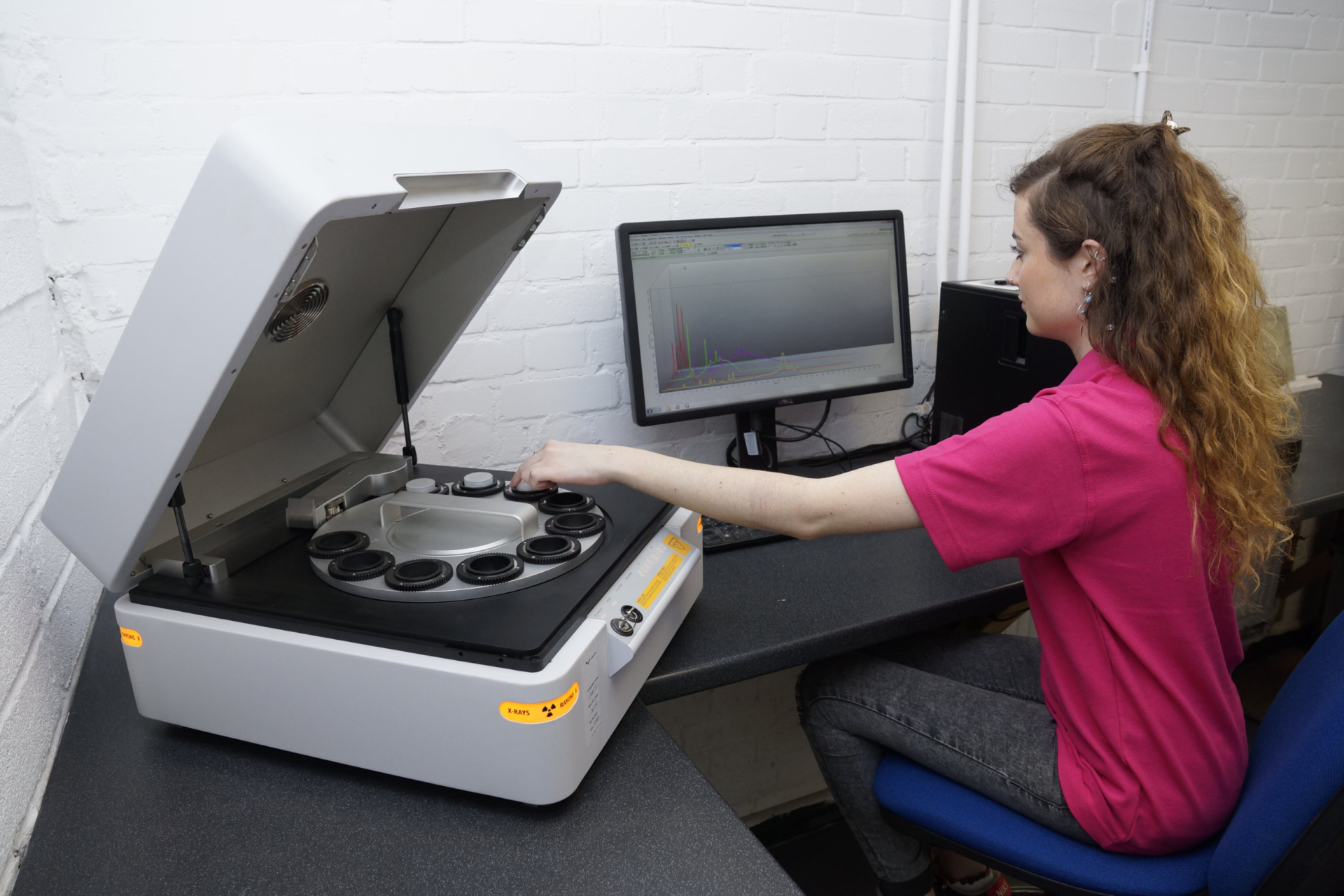
Fake Or Fortune?
Although the main use of XRF in the laboratory remains mining and environmental analysis, we often receive requests to carry out non-destructive testing on items that clients think may be valuable – if they are real! XRF is ideal for this type of testing and can be used for reasonably big items in large sample mode or smaller items that need precise targeting.
Gold jewellery is a favourite request, normally to check if hallmarking is correct, or if the item is old and there are no hallmarks. Gold content is often quite varied, and care has to be taken when allowing for plating or surface coating. Coins are another source of interest where gold, copper and silver ratios do not always match expected values, indicating “not genuine”. Other recent uses of XRF analysis have included identifying zinc content in German Second World War coins and silver content in pre-Russian Revolution coins to identify if they were fake.
Although light elements such as carbon cannot be detected by XRF, the technique can still be used to determine if diamonds are fake by looking at the matrix and trace elements for identification. On several occasions, supposed diamonds have turned out to be cubic zirconium or lead silica glass which the XRF can detect. Another precious stone that is sometimes faked is tanzanite, owing in part to its location rarity. When uncut tanzanites are sent away for cutting, analysis is sometimes requested to determine if the same stones have been returned from the cutters. This is possible by identifying if elements such as cobalt are present which would indicate “dipping” to enhance colour. Wheal Jane Laboratory has seen large stones of up to 10 carats, so this testing really could prove the difference between fake or fortune.


